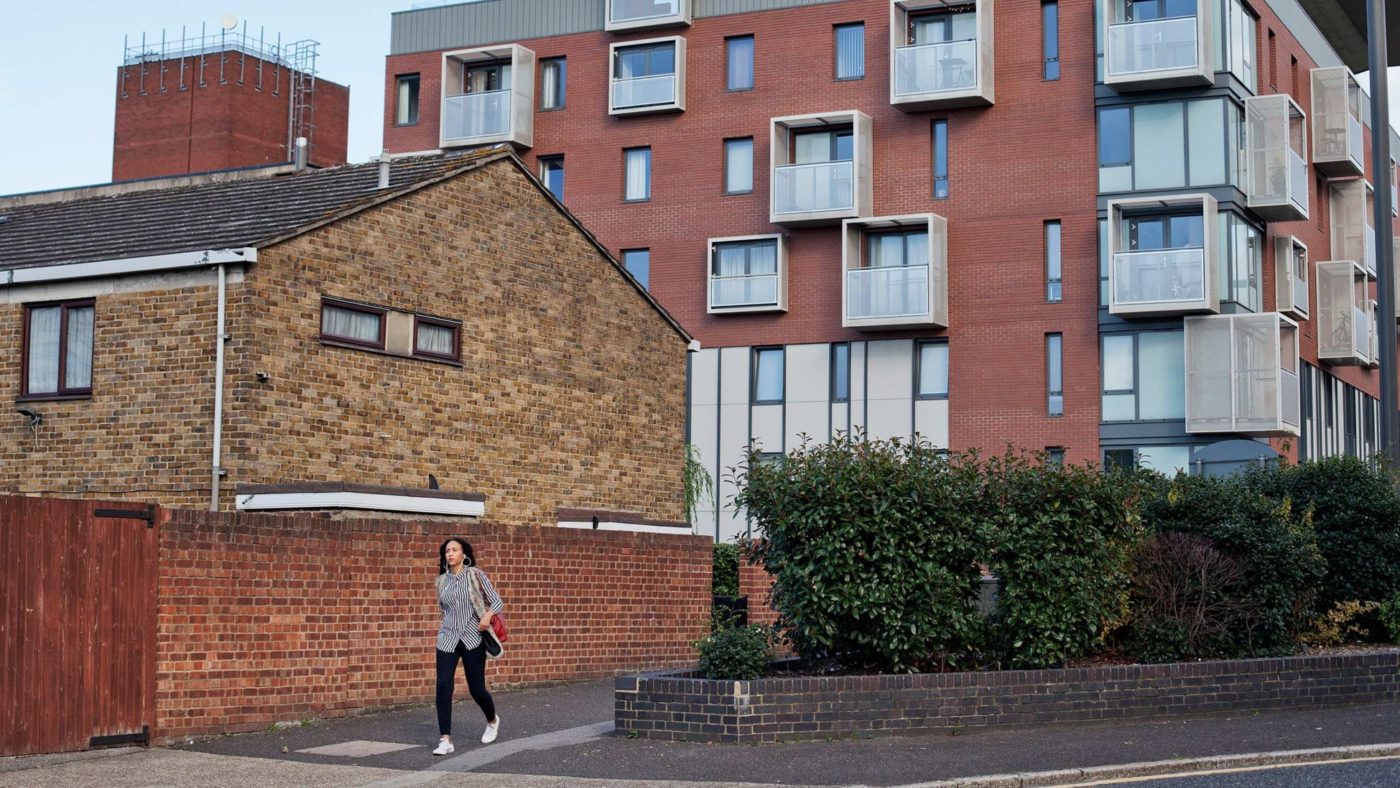Shortly before being named Boris Johnson’s housing adviser, Jack Airey published a fascinating, radical and thoughtful report proposing US-style rules-based zoning to replace our current discretionary land use planning system.
In doing so he echoed Nicholas Boys Smith, the founder of Create Streets and surviving chair of the Building Better Building Beautiful Commission (BBBBC), who has long suggested a more rules-based system.
I am sure they both recognise that for all its potential benefits, a move to zoning raises further questions of its own.
For evidence of the pitfalls of introducing zoning, we need only look across the Atlantic. Take Manhattan, which has a by-right zoning system: what you can build is determined by the code. Yet the current rules are set so restrictively that two-fifths of the existing buildings violate them and could not be rebuilt today.
That’s just one of the endless examples of non-discretionary zoning rules across the US that have been set so tightly that they effectively prevent any further building at all.
Whatever system we introduce, we cannot simply copy the US, not least because its planning problems are almost as bad as ours. Indeed, a recent paper estimated US average real incomes would be 26% higher with a better planning system.
As it stands in England, councils effectively have the power to implement a zoning system now through Local Development Orders, but rarely choose to.
Should we force councils to use zoning to meet their housing targets? That would work, but will it be popular, and will it be much of a change from now? You can set zoning rules for a single site, prohibiting building elsewhere and leaving us with effectively the same as the current system. Doubtless many councils would do exactly that.
Or are we to impose specific zoning rules from the top like current permitted development rights? That is unlikely to be more popular.
And if we exclude conservation areas, as Airey’s report suggests, will that lead to an enormous wave of new conservation areas as residents try to avoid change? When eventually the country is covered with conservation areas, we will recognise what we should have known all along: we need to find ways to enable building beautiful homes with local support in conservation areas too. The often-neglected statutory goal of conservation areas is to ‘preserve and enhance’.
Or we could forbid new conservation areas, causing huge resentment as the middle classes in existing conservation areas are sheltered from change while poor areas are targeted for construction.
The real problem is that the existing system works so badly that we are forced to push through more housing by a Soviet-style system of government targets. That is not how the car industry works. It is not how any other private industry works. It is not how any other part of the property system works.
Economic views on urban planning have evolved from Hayek and Tiebout’s beliefs that land use regulation was beneficial, through radical calls for abolishing it, and calls by Tim Leunig and others for government to auction planning permissions, to the idea of making planning permissions tradeable.
The most compelling ideas have been those that try to address the fundamental political inability to reform planning and make things work more like the rest of the economy.
Key to this is realising that residents object to new construction for a range of rational reasons. Protections from the effects of construction are popular, as US economist Bill Fischel notes. Now that those protections have existed for 70 years, abolishing them is almost as hard as abolishing legal rules on nuisance, trespass or rights to light. That is why Thatcher and Ridley’s attempts to prune back the system failed to fix it.
Thinking of planning restrictions as just another bureaucratic restriction is the wrong framing. They are there because many people want them. It follows that the easiest way to fix them is to let people negotiate win-win outcomes with them – currently they cannot.
Trespass and nuisance work fine because they are not top-down rules. The Government does not tell you whom to allow into your house; you are free to decide whom and on what terms. And you can negotiate with your neighbour to put up with a nuisance or to waive your right to light.
You cannot abolish all the accrued protections of urban planning, so the only scalable, lasting way forward is to let them evolve the way the rest of the property system works: through negotiation, trade and, for things affecting a group of people, through joint decisions – like the way company shareholders or owners in a block of flats make decisions.
But if you don’t want gridlock, you need the power to allow more homes to be vested in groups that are as small as possible. Imposing blanket highly permissive zoning from the top, like a supercharged permitted development right, will not survive the political fallout unless we ensure that locals can pick design codes, and that small groups can opt out of the development right.
We could do worse than follow the example of Houston, which has allowed single streets and blocks to opt out of its latest upzoning.
If we want zoning to work bottom-up, the same logic applies. Given that homeowners get a big uplift in the value of their property from allowing mansion blocks instead of two-storey semis on their plots, some single streets will inevitably choose to opt in. We should try letting residents do that, as our campaign suggested and the BBBBC agreed.
We need a system that can improve existing places with local support. Until then, we will be stuck with low growth and more ugliness.
Click here to subscribe to our daily briefing – the best pieces from CapX and across the web.
CapX depends on the generosity of its readers. If you value what we do, please consider making a donation.


